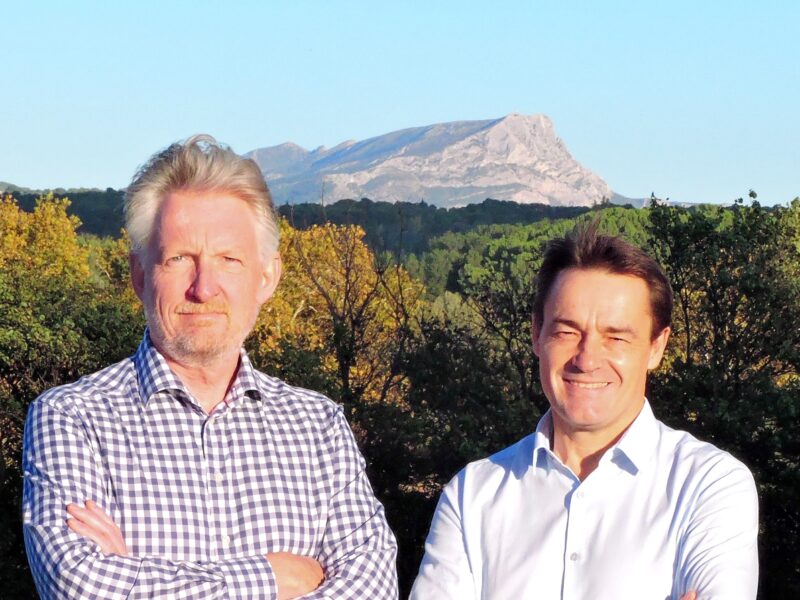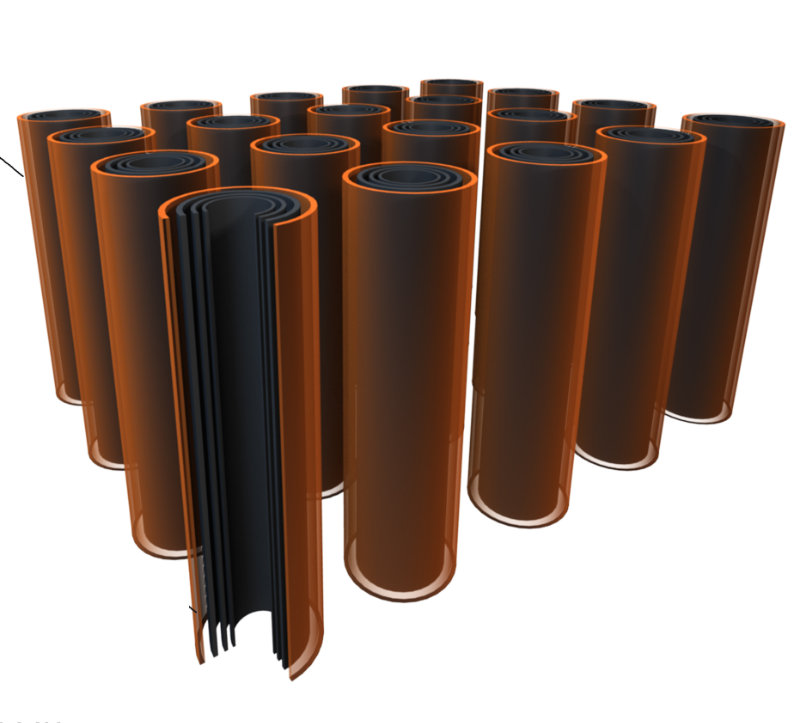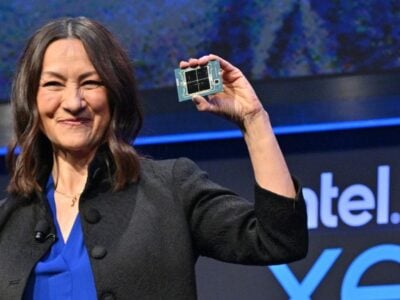
Power trends: Fab plans for ultracapacitor material startup
“We are industrialising a new electrode with vertically aligned carbon nanotubes,” said Pascal Boulanger, founder, chairman and chief operating officer (COO) of Nawa. “What makes the difference is the structure – it’s like a toothbrush that provides advantages in other domains – it’s a fully accessible surface.”
The material was developed at the French research lab CEA. “I am a microelectronics engineer, I did my PhD at CEA and during my last position deputy head of a research team within CEA looking for materials for technology transfer,” said Boulanger.
“Energy storage was the most attractive market, and the first area we started to address was ultracapacitor as it’s easier to make than a lithium battery and our unique selling point will be better as I believe ultracapacitors are more virtuous than batteries as you can charge them millions of times. We also wanted to validate the electrode material for lithium and then look at other fields.”

The advantage of the nanocarbon material is the surface area of 600m2/kg. “If you have one cm of aluminium electrode you can have 5000x the surface area,” said Boulanger. Nawa has been commercialising the manufacturing process for both the material and for ultracapacitors, based at STMicroelectronics’ fab in Rousset in the south of France that was formerly owned by Atmel.
“What we have demonstrated is a 5x increase in energy density that provides almost the same as a lead acid battery, 25 to 30Wh/kg, where today an ultracapacitor UC is only 5Wh/kg,” he said. “It’s still lower than a lithium battery but we are not competing with them but we are bringing additional capabilities.”
But to do this requires cost effective volume manufacturing.
“We were able to synthesise a 30cm wide roll of material with an aluminium foil substrate on a roll to roll basis so it’s a continuous process, and I would say we are one of the most advanced, others are using a 10cm roll.
The process is derived from the photovoltaic process that is used for antireflective blue layers. The catalytic CVD process and the idea is to bring heat and specific chemistry to a specific place to create small bubbles on the surface so that the nanotubes grow from those bubbles. This can be performed on various substrates, copper, steel, even on carbon fibres but for ultracapacitors Nawa has chosen to use the aluminium substrate.
The 30cm width allows Nawa to build any type of ultracapacitor, either stacked or cylindrical. This is roughly half the width of lithium electrode systems at 650mm. The next generation machines currently in design will provide a wider roll, says Ulrik Grape, an industry veteran who joined in October as CEO to drive the business forward. He joins after having lead Californian solid-state lithium-ion battery start-up SEEO to an acquisition by Bosch. he was also CEO of EnerDel, one of the early leaders in lithium-ion batteries for automotive applications with customers such as Volvo Cars, Think and VanHool.
“We are taking a two step process,” said Grape. “Right now we are getting ready to invest in a full production line in the South France with modest volume production from some time next year that would allow us to deliver a complete ultracapacitor that could be used in power tools and material handling but that would also allow qualification for higher volume applications such as automotive. We are working with several equipment suppliers on the line equipment, and we should be have that in NAWA early next year, and that will be a larger width, progressing towards full scale product.”

The vertical nanocarbon rod design opens up new applications, he says. “We are seeing a lot of interest in hybrid batteries where you combine the ultracapcitor with a battery, and we also see the opportunity to supply electrodes,” he said. “We want to see our technology spread and are also looking at joint ventures and technology transfer.”
One of the target applications is automated guided vehicles (AGVs) that move materials around. Nawa is working with a Slovakian company where the AGV uses an ultracapacitor rather than abattery for power. It moves between charging points on the ground, essentially dots on the floor, and charges up the ultracapacitor in a matter of seconds. This gives three minutes of power before recharging.
This approach has already been extended to busses in China. “The idea is to recharge busses at each stop with automatic contact points – in Shanghai there are already two lines that use busses with ultracapacitors with stops every 500m, and it takes just 20s to recharge the bus,” said Boulanger. “The limitation is the charging station and the power from the grid.”
Hybrid designs allows the battery to be discharged more steadily to extend the life of the cell.
“What we are also addressing is the hybrid, where we can play with faradic and capacitive behaviour, keeping the structure as it is, and in that case we can reduce the cell discharge,” said Boulanger.
There is still a lot of education to do, says Grape.
“Any time you come with a new technology then you have to educate the customers and they have to understand the particular properties of the technology,” he said. “On power tools we already have good discussions with major companies, and in discussions with large automotive companies on hybrid solutions. I feel we are in a very good place with a good pipeline of companies in various segments which allows us to the optimistic about revenue opportunities from that production online next year as well as strong interest in high volume applications.”
The company is currently looking to raise funds from a mix of financial and industrial investors to sit alongside the existing venture capital funding as well as backing from strategic industrial investors, as the material is not just for ultracapacitors and batteries.
“The strategy is to spread the process across different industries, as it’s a very effective back coating and thermal coating, so we are looking at a wide range of partnerships with equipment suppliers,” said Boulanger.
Related stories:
- POWER TRENDS: BIG PLANS FOR ULTRACAPACITORS
- POWER TRENDS: DIALOG ENTERS THE GAN MARKET
- TOP TEN POWER TRENDS FOR 2018
- POWER TRENDS: THE REVOLUTION ARRIVES
 If you enjoyed this article, you will like the following ones: don't miss them by subscribing to :
eeNews on Google News
If you enjoyed this article, you will like the following ones: don't miss them by subscribing to :
eeNews on Google News




